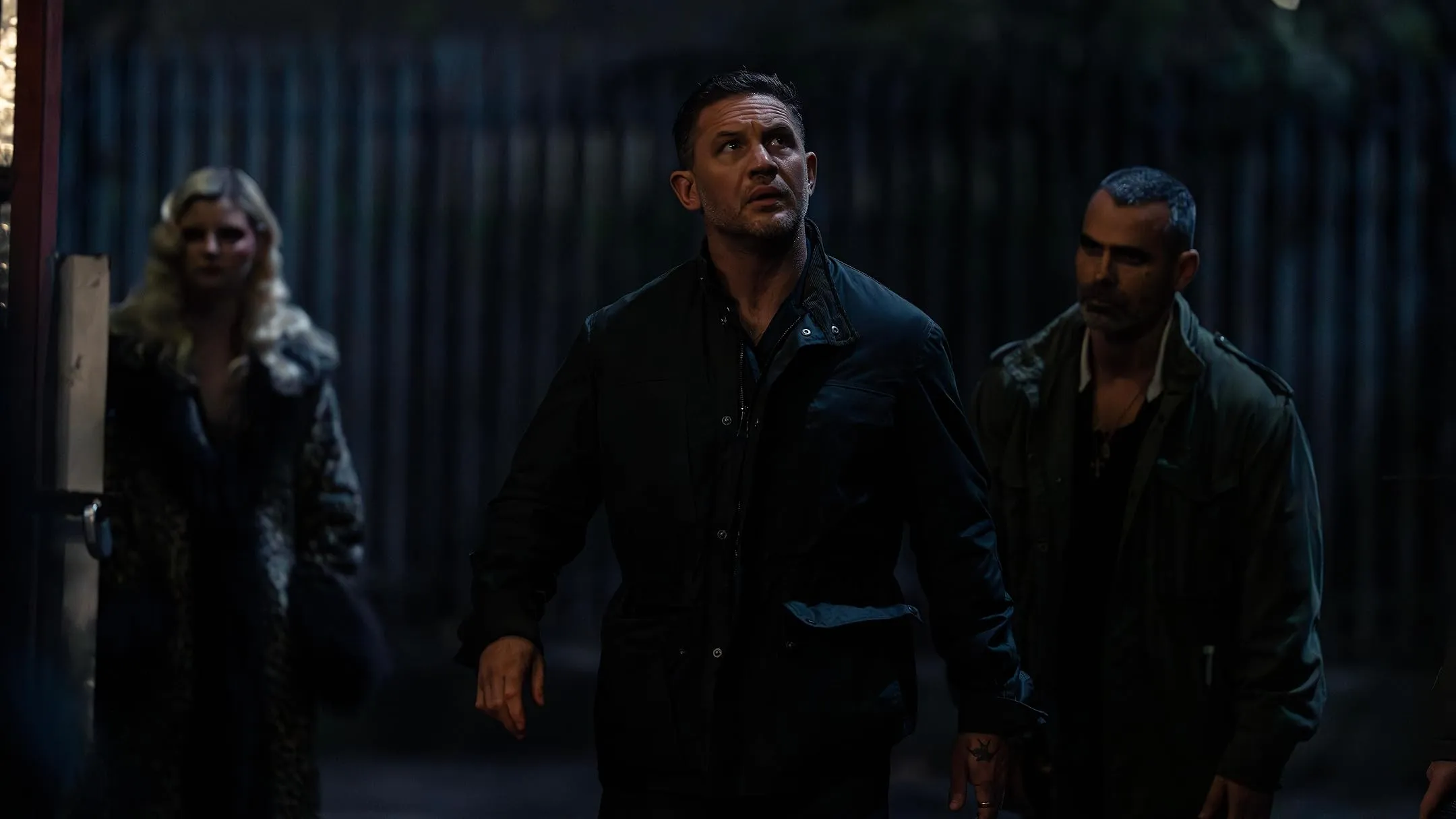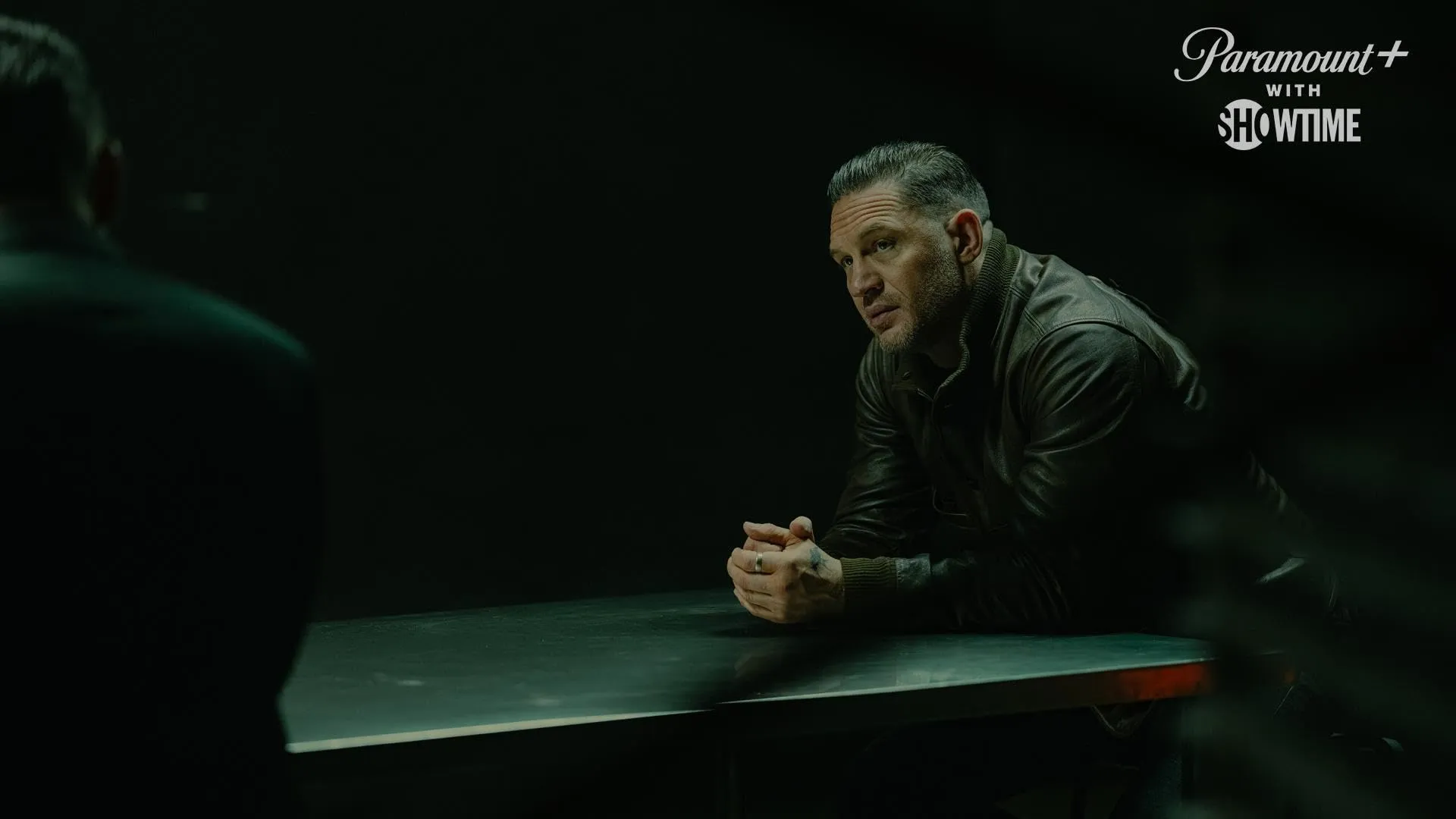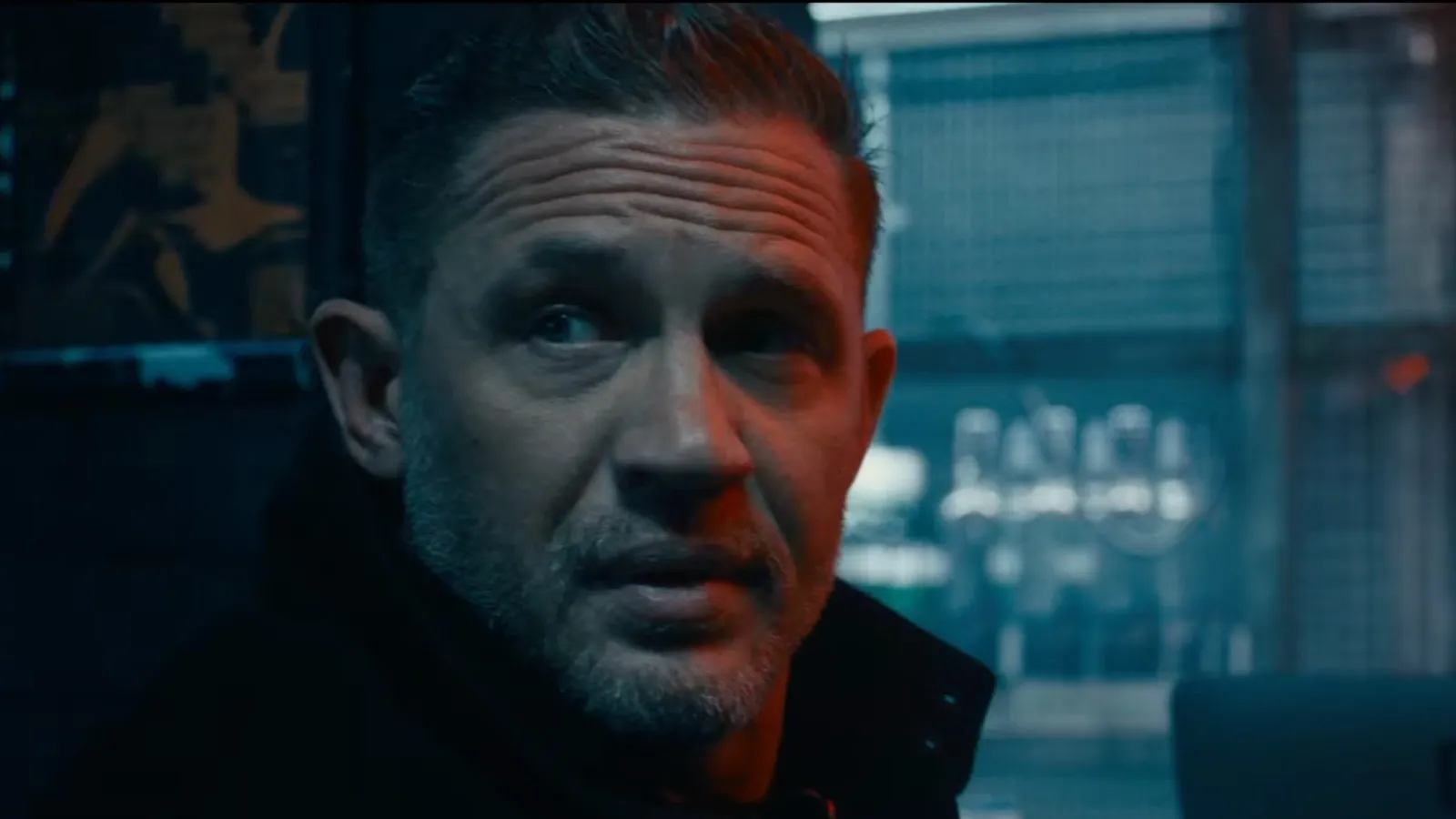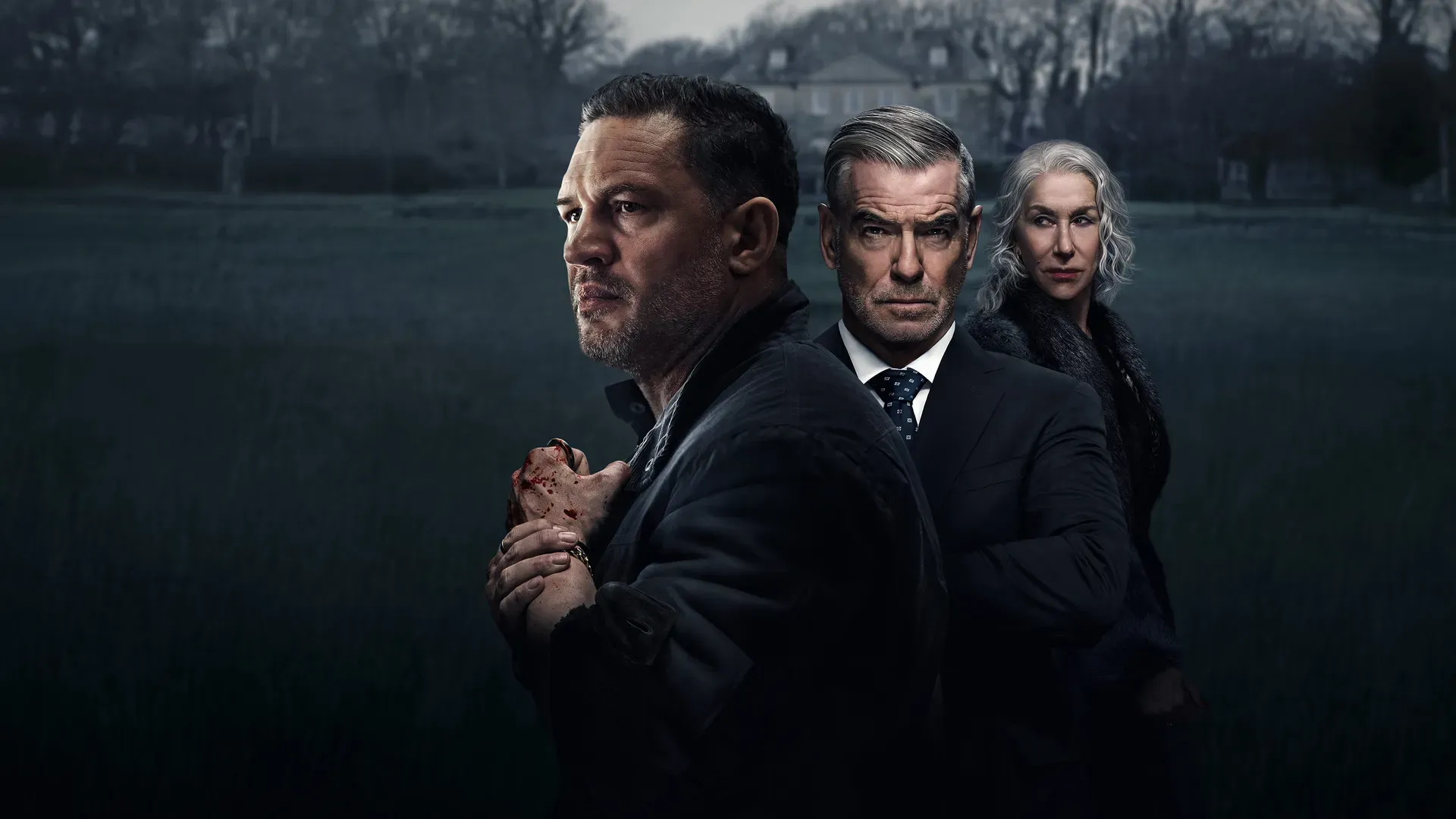MobLand Season 1 introduces a family crime drama with a distinctly British flavor. The series centers on a troubled mob family caught amid internal disputes and clashes with rival factions.
Set against the backdrop of the Cotswolds and shadowed urban areas, the narrative ignites when a single disruptive night unsettles a long-held criminal routine, unleashing a cascade of complications that challenge the family’s unity and ambition.
The drama acquaints viewers with pivotal characters: Conrad, a commanding figure whose strength is occasionally offset by unspoken fragility; Maeve, a determined force whose quiet resolve speaks volumes; and Harry, a conflicted fixer caught between loyalty and personal struggle. Their interactions raise important questions about how heritage and modern realities converge in today’s society.
The show reflects current shifts in television storytelling by echoing discussions on power, representation, and cultural change. Its portrayal of a traditional crime family amid an era that prizes social justice and authentic representation offers a wry take on old-world machismo in a new media age.
Family Rivalries and Underworld Intrigues
Season 1 crafts its narrative arc in a way that steadily builds tension and exposes the intricate dynamics among the Harrigan family and their criminal associates. The series opens with a measured introduction that gradually shifts into a state of heightened conflict.
A reckless act by a younger family member sparks violent reactions, triggering internal disputes as well as clashes with external rivals. This act serves as a catalyst that ignites deep-seated mistrust and exposes the fragile equilibrium holding the family together.
The plot threads are carefully interlaced as personal ambitions, hidden betrayals, and generational differences emerge through unforeseen collisions. The story oscillates between high-octane encounters in dangerous scenarios and quieter moments where personal motives and relationships come under scrutiny.
The screenplay employs well-timed flashbacks that reveal the long-standing history of the family and its internal struggles, while crisp, dialogue-driven exchanges capture the subtleties of loyalty and suspicion. This approach sustains viewer interest and sets the stage for fresh narrative directions that may redefine expectations for crime dramas on streaming platforms.
Within this intricate structure, each family member finds themselves caught between individual desires and the relentless demands of their criminal pursuits. The narrative exposes a tenuous balance between retaining power and facing the repercussions of every decision.
Open-ended situations arise repeatedly, leaving certain threads unresolved and promising further twists as the series unfolds. Such a method of storytelling not only keeps audiences engaged but also hints at new modes of television production that could influence how similar stories are told in the future.
In portraying conflict and dissent, the series reflects shifts in cultural attitudes and societal norms, with internal strife mirroring changes seen in wider social discourse. The carefully paced progression of events provides a platform for contemplating the cost of loyalty, ambition, and the responsibilities that come with leadership.
Complex Personalities and Power Plays
Harry Da Souza anchors the series as the central fixer whose measured yet imposing demeanor forms the backbone of MobLand. His portrayal captures a figure burdened by responsibility and inner conflict.
The performance reveals a man who carries the weight of family expectations with a mix of calm resolve and a hint of underlying tension, suggesting personal struggles that occasionally peek through his stoic exterior. Throughout the season, subtle shifts in his behavior hint at a potential softening of his guarded nature, even as he remains a formidable presence in every scene.
Conrad Harrigan stands as the patriarch whose presence speaks to tradition and command. His every word is delivered with deliberate precision, a reminder of the unspoken codes that govern the world he inhabits. The actor’s delivery infuses a sense of authority that makes even the briefest of his remarks laden with meaning. His cryptic comments on the family’s illicit activities invite viewers to consider the long history that informs his actions and decisions.
Maeve Harrigan emerges as the strategic force behind the family’s operations. Her role transcends mere support; she orchestrates decisions with a keen sense of what the family needs to survive in a volatile environment.
Her interactions with Conrad and the younger members reveal a nuanced dynamic, where her influence is as much about subtle persuasion as it is about outright power. She often shifts the balance within the family with a calm yet unyielding demeanor that commands attention without a single raised voice.
The ensemble of supporting characters, including Kevin, Brendan, and Seraphina, contributes layers of internal strife and ambition that enrich the narrative. The presence of rival figures and external business players adds extra pressure, emphasizing tensions that ripple through every interaction.
The chemistry among the cast is evident, as moments of loyalty mix with betrayal, creating a landscape of personal alliances and shifting allegiances that reflect a complex interplay of duty and desire.
Cinematic Craft and Directorial Vision
Guy Ritchie’s influence is apparent throughout MobLand, his signature style reined in to suit the show’s more somber atmosphere. The direction infuses the series with a precise pace and a dialogue that feels deliberate and loaded with subtext, offering a visual style that favors subtle tension over overt flamboyance.
Ritchie’s reputation for energetic cuts and distinctive framing makes brief appearances in MobLand, though the tone here leans toward a more measured and gritty portrayal of crime and family conflict.
The series makes strong use of lighting and shadows, with carefully planned framing that casts an air of unease. The contrast between opulent estates and the stark urban backdrops heightens the tension, underscoring the dual nature of the world the characters inhabit. Each scene seems meticulously constructed, with visual cues that hint at underlying tensions within the family and between rival factions.
Music plays a significant role in establishing mood, with the score punctuating dramatic moments and quiet reflections alike. Sound effects and ambient noise enrich the environment, giving the series a layer of auditory detail that deepens the sense of realism. The clarity of dialogue and the thoughtful use of silence create moments where the absence of sound speaks volumes about the characters’ inner lives.
Editing is handled with a firm hand, as the narrative shifts seamlessly between high-energy sequences and more intimate, character-focused interactions. Transitions are crafted in a way that maintains suspense and ensures that every scene carries its own weight. The series exhibits a clear sense of style that signals a willingness to adjust traditional methods in response to current trends in television storytelling.
Societal Shifts and Subtle Power Dynamics
MobLand presents a detailed study of family ties and internal hierarchies that mirror current shifts in cultural values. The narrative captures generational tensions and the clash between age-old codes and new social realities. 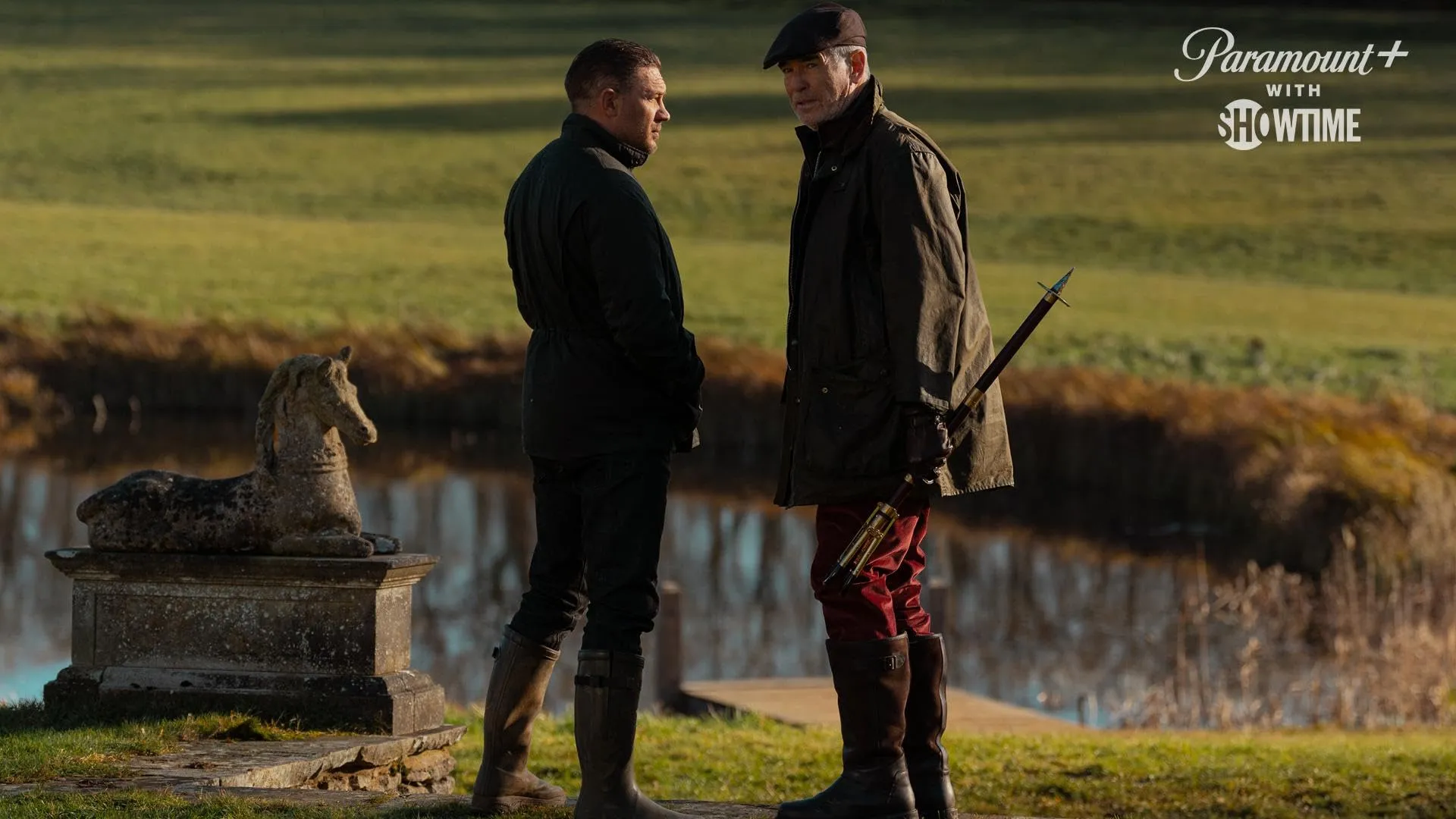 The younger members of the family introduce elements that unsettle traditional norms, revealing conflicts between personal aspirations and inherited responsibilities. The characters’ interactions hint at a constant push between time-honored practices and modern expectations, prompting viewers to question the evolving nature of loyalty and duty in a changing society.
The younger members of the family introduce elements that unsettle traditional norms, revealing conflicts between personal aspirations and inherited responsibilities. The characters’ interactions hint at a constant push between time-honored practices and modern expectations, prompting viewers to question the evolving nature of loyalty and duty in a changing society.
The series scrutinizes the gray areas of right and wrong within the criminal realm. Characters justify questionable decisions through personal honor, a stance that challenges rigid moral frameworks.
Their actions, shrouded in ambiguity, provoke thought about the real cost of maintaining power and the consequences of unchecked ambition. This approach draws attention to how individuals in positions of control manage internal strife and the collateral damage that ensues from their relentless quest for dominance.
Visual symbols and cultural signifiers enrich the narrative, as traditional Irish motifs and stark landscapes remind audiences of the enduring impact of cultural heritage.
The dialogue, peppered with distinct British and Irish idioms, not only grounds the story in a specific cultural setting but also prompts reflection on the influence of regional identity in shaping modern media.
Casting choices and behind-the-scenes decisions subtly reinforce these themes, adding a layer of social commentary that resonates with contemporary discussions about representation and diversity.
The narrative’s pacing and structure mirror historical shifts in storytelling on streaming platforms, signaling a new era where classic crime dramas intersect with modern social discourse. Each scene is constructed to provoke thought about the cost of ambition and the delicate balance of power within tightly knit communities.
Reinventing Crime Drama Storytelling
MobLand positions itself firmly within the traditional crime drama framework while experimenting with narrative approaches that signal change in global television. The show upholds classic mobster motifs such as family loyalty, covert power struggles, and intense confrontations, yet it intersperses these with inventive narrative twists that challenge standard expectations.
The familiar environment of secretive backroom negotiations and calculated violence is contrasted with inventive storytelling techniques, including non-linear timelines and multi-layered character histories. These methods grant the series a fresh look, making the pacing feel deliberate and thoughtful.
The series intertwines brisk, energetic sequences with moments that pause for character insight, reflecting a balance between visual spectacle and reflective internal conflict. This interplay mirrors the current transformation in storytelling on streaming platforms, where a blend of action and deeper personal narratives increasingly attracts audiences.
The depiction of crime is not merely for dramatic effect; it serves as a mirror to societal issues such as the impact of generational duty and the consequences of unchecked ambition. Casting decisions and behind-the-scenes choices contribute to a subtle commentary on how power and influence shift within a close-knit network.
MobLand thus offers a narrative structure that speaks to modern sensibilities, inviting viewers to reconsider established norms while witnessing familiar tropes presented through an innovative lens.
Anticipating the Next Chapter
MobLand Season 1 leaves viewers with a mix of memorable performances, striking visuals, and a narrative that exposes the inner workings of a fractured crime family. The display of potent acting and careful direction sets the stage for a series that oscillates between tightly wound family disputes and the harsh realities of organized crime.
Several plot threads remain open, suggesting that forthcoming episodes may unravel layers of rivalry with external criminal forces, adding fresh complexity to an already intricate story.
Key figures show signs of personal transformation; for instance, Harry’s reserved strength hints at future moments of vulnerability as he confronts dilemmas that stretch his role as both problem solver and family pillar.
The interactions within the family expose conflicts that could ignite further internal strife, particularly if the balance between tradition and evolving societal expectations shifts unexpectedly.
The series appeals to devotees of established crime dramas while offering enough inventive twists to attract audiences attuned to modern storytelling on streaming platforms. Its approach to character development and narrative pacing reflects current shifts in media production, where the interplay of action and character study takes center stage.
Even as some choices might appear cautious, the groundwork laid promises narrative adventures that could redefine familiar archetypes. There is a palpable sense of anticipation for what lies ahead, inviting audiences to remain engaged as the story evolves.
The Review
MobLand Season 1
MobLand Season 1 merges classic crime drama elements with fresh narrative twists that reflect today’s cultural shifts. Its layered performances and focused direction capture the tension of familial strife and power struggles, while the evolving storylines hint at further exploration of social challenges. The series offers a smart mix of high-stakes action and character depth, inviting viewers to rethink traditional mob tropes.
PROS
- Strong, nuanced performances
- Atmospheric direction and cinematography
CONS
- Some narrative threads remain underdeveloped
- Occasional pacing issues in balancing subplots









































